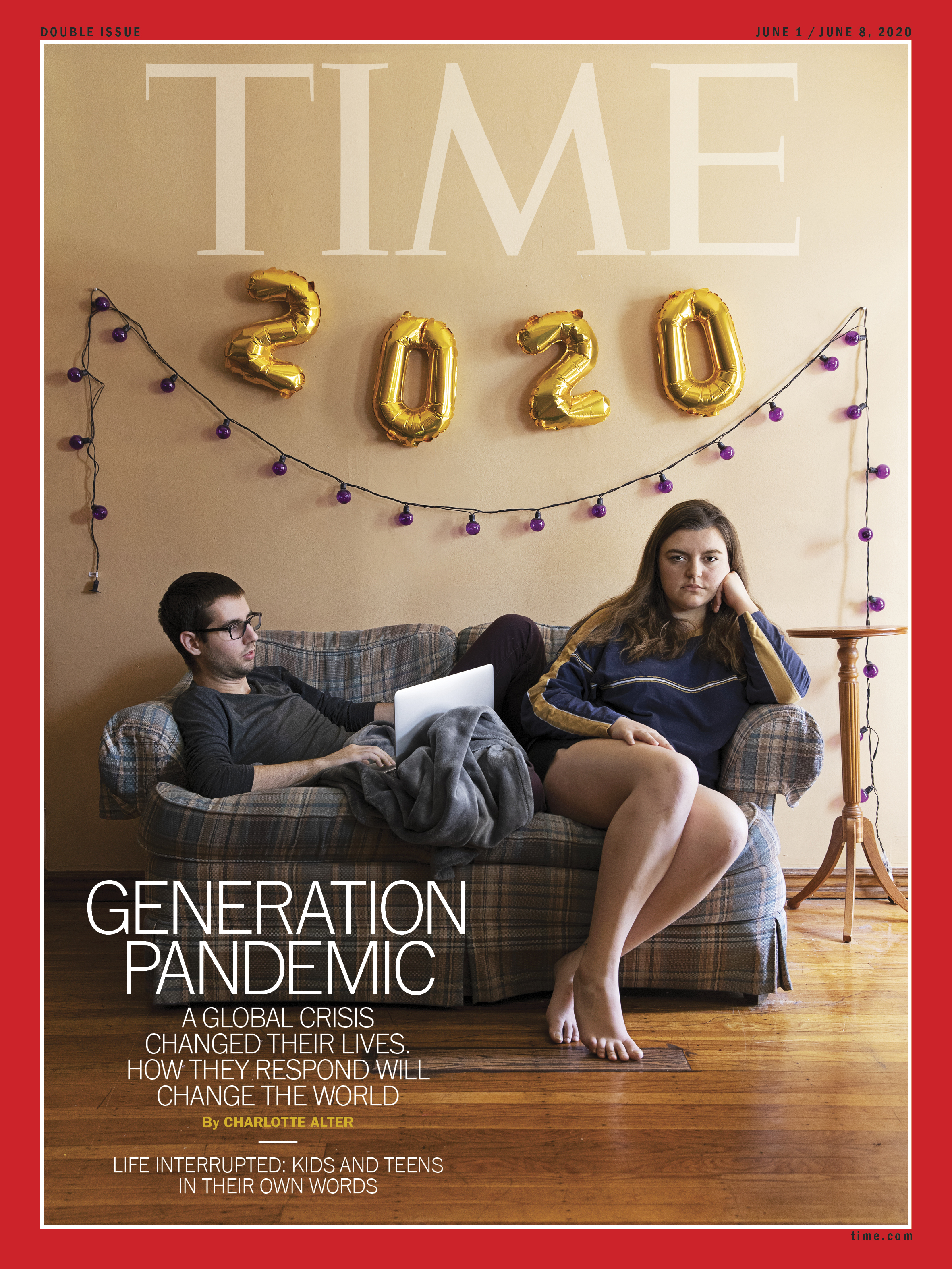
My grandfather’s life, like those of so many of his generation, was shaped by war. He was 11 when World War I broke out in his native Germany and often recounted the lasting effects of that period on his future, beginning with the disruption in his schooling. “Our young and energetic teachers followed the call to the army,” he wrote in a detailed account of his life. “Our education naturally suffered, and I went from an excellent student to a borderline one.”
I’ve thought of him frequently these past weeks, watching my own kids–the oldest of them 11 and the youngest named for him–adjust to this strange new reality. The crisis we find ourselves in is of course quite different from the wars he lived through (although I now regret never asking him about the 1918 flu). But I don’t know a single parent who isn’t worrying about the effect of all this on their children–the fear and loss, the peculiarities and wonders of virtual schooling, the added responsibilities they will face as the world recovers and recalibrates. For millions of kids, the worries are even more immediate; in the U.S. alone, roughly 1 in 5 households with young children now faces uncertainty about where they will find their next meal.
The impact of the pandemic on the next generation’s future is the focus of this special issue of TIME. Our intent was to explore the crisis through the lens of the young, so TIME director of photography Katherine Pomerantz and her team did just that–reaching out to about two dozen college photography professors in search of the right photo essay to feature. They found it–including the cover image–in the work of Hannah Beier, a member of the Class of ’20 at Drexel University in Philadelphia. For the past five weeks, Hannah has been art directing photographs, via FaceTime, of friends and classmates scattered across the country in quarantine. Her goal, as she puts it, is “to portray personal and authentic moments that connect us beyond the commonality of living through a pandemic.”

For the cover story, we turned to TIME national correspondent Charlotte Alter, who has spent much of the past few years reporting on the rumblings and roars of generational change. Her recent book on the subject, The Ones We’ve Been Waiting For, describes how millennials were powerfully shaped first as teens by 9/11 and its aftermath–and later as young adults by the financial crisis. For this issue, she explores how the Class of 2020 is processing the indelible experiences of this pandemic. “We stepped into the world as it was starting to fall apart,” Simone Williams, Florida A&M University ’20, tells Charlotte. “It’s caused my generation to have a vastly different perspective than the people just a few years ahead of us or behind us.”
We also asked kids and young adults around the world to share experiences of life at home in their own words. “My dad works in a hospital as a doctor,” writes 5-year-old Adrian Garces of Miami. “We can’t hug him when he comes home until he takes a shower.” Amika George, a student at the University of Cambridge in England, believes young people globally, once dismissed as “Generation Snowflake,” will continue to seize on their collective power, “daring to choose hope over fear.” Louis Maes, 17, of Bordeaux, France, writes about coming to terms with the instability, uncertainty and unrest: “I think it’s about learning how to live within them.”
We are also beginning a special three-part series of TIME 100 Talks, our new live virtual event that convenes leaders from around the world to help find a path forward in this unprecedented moment. The new series, made possible through a partnership with P&G, will explore the consequences of the pandemic for marginalized communities and how we rebuild a society that is more resilient and more just.
As Naomi Wadler, a seventh-grader in Washington, D.C., puts it in a moving essay in this issue, “the black and brown people who work as hourly essential workers have found both their jobs and their health at risk.” Still, she adds, “that the stories of these people are being told is a small sign of progress … It gives me hope that each of us can work toward a more equitable future.”
You can watch TIME 100 Talks, and find out more, at time.com/time100talks.
I hope you’ll join us.
Edward Felsenthal, EDITOR-IN-CHIEF & CEO
More Must-Reads from TIME
- Donald Trump Is TIME's 2024 Person of the Year
- Why We Chose Trump as Person of the Year
- Is Intermittent Fasting Good or Bad for You?
- The 100 Must-Read Books of 2024
- The 20 Best Christmas TV Episodes
- Column: If Optimism Feels Ridiculous Now, Try Hope
- The Future of Climate Action Is Trade Policy
- Merle Bombardieri Is Helping People Make the Baby Decision
Contact us at letters@time.com